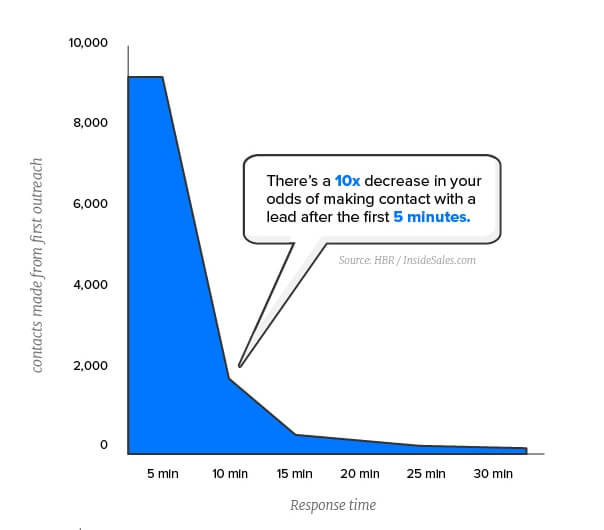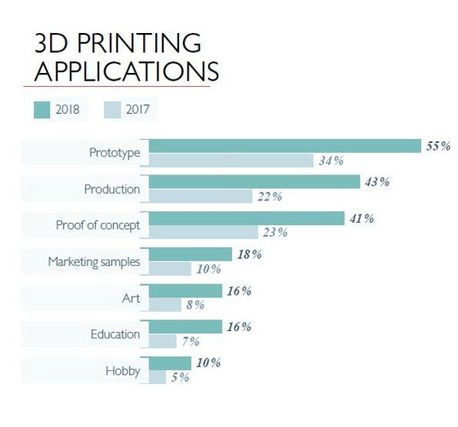
Need to quickly refresh what a chatbot is? If yes – please read the below, if not – skip this abstract.
By “chatbot” we mean a self-learning autonomous software that can respond to inbound requests and connect the operator if it is unable to process the query by itself.
Common features (de-facto the standard for the industry):
- Graphical User Interface
- Serve clients on site
- Be able to process complex queries
- NLP in real-time or close to real-time
- Connect a human operator into the conversation on demand
- Be easy scalable
Areas of application: E-commerce, Service Businesses, Insurance, Banking & Finance, Retail, Publishing and more.
Common Chatbot Strategies: automated database support, site assistant, automation of repetitive tasks, marketing purposes etc.
CHATBOTS: MERE HYPE OR A REAL OPPORTUNITY
For a couple of years, the technology market has shown unbelievable growth by introducing several prospective technologies every year. Marketers and enthusiasts claim them to turn out “life-changing”. Now many of them are speaking about chatbots. Are they right? We’ll definitely get the answer in the future. But when it becomes obvious that chatbots are here to stay, it would be too late for many companies to place their foot on the market.
Chatbots: “Are they really useful for business or just another overhyped technology that is still more than useless?” We are going to answer this question right now. And to do so, we’ll use several approaches to the question.
APPROACH 1: EVALUATING RELEVANCE AND BUSINESS PROBLEMS CHATBOTS SOLVE
Issue #1 – Rocket-fast Respond to Requests Needed
In lead generation, the first contact with your potential customer is probably the most important moment. Of course, people take into account the common response time of the communication channel they use. For emails, an industry-standard timeframe is 24h, so no one expects an immediate answer when reaching via email.
But the pace of life is speeding up, and so does the communication. Being able to instantly respond can be the defining criterion – a customer would choose whether to wait an unknown amount of time for the response or start searching for another company with a more responsive customer service.
As more and more people expect their issues to be solved in a jiffy, the best lead generation strategy for companies is to offer 1) self-service and 2) the ability to get the instant answers to requests. And how do the companies comply with these modern-day requirements?
In reality, an enormous number of companies have grave problems with this.
According to a study from Harvard Business Review:
- 5 min or less – ideal timeframe for responding to leads;
- 5-10 mins interval – a 10x drop in your odds of actually getting in touch with a lead;
- 10 mins and after – a 400% decrease in your odds of qualifying for a lead.

And how quickly do most companies respond? A survey by Drift evaluated the response time of 433 companies, and got the following results – 55% of companies took longer than 5 days to respond. Unbelievable!
Usually all inbound communications are monitored and processed by a real person – Sales Manager, Marketer or a business owner themselves. A mere human could not serve hundreds of clients simultaneously, work 24/7/365, while responding in a matter of seconds. But a chatbot can. See more benefits of chatbots in this article.
Issue #2 – Connecting with younger generation
Let’s suppose you want your company to prosper in the future as well as it does now, or even greater. Your future customers, without a doubt, would be different from those you have today. Therefore, today’s targeting techniques could not work for the clients of new generation. The youth live in the digital media world. 1 out of 3 toddlers learn how to use a smartphone before they could walk or speak. Teens aged 8-18 spend as much as 9 hours a day on social media. And very soon they will grow up and become your potential customers – by 2020, the people born after 1995 will account for 40% of all consumers.
These facts provide grounds to claim that business of the future is going to be tightly connected with modern technologies. Forward-looking companies would establish a solid online presence right now, and chatterbots could be another sufficient tool for that aim.
Issue #3 – Know our clients better
It is much easier to attract and target the person we know much about. Interestingly, that one common problem in business is knowing almost nothing about your current potential clients. So where can a company get data about their target audience in general and about the single client in particular? Chatbots can directly collect data from our client if the chatbot knows the client’s background by asking questions.
APPROACH 2: DRAWING ANALOGIES FROM TRENDY TECH OF THE PAST
Although, analogy method is not highly-reliable in this case, still it could provide some valuable insights.
Technologies that once made fuzz in tech world:
- 3D printing:
Remember time, when so many discussions and hopes were inflated around 3D-printing? Today, though, it’s not that popular. But, judging by the statistics, it’s in demand and it develops step-by-step.

- Artificial Intelligence:
Artificial Intelligence is still popular. But now the hype has slowed down a little. Even though we use AI more than we even realize. While only 33% of consumers surveyed think they use AI-enabled technology, 77% actually use an AI-powered service / device – according to Pega. AI is becoming incorporated into a more diverse range of applications, and that trend is only going to accelerate. For example, now we have detected tumors, music and movies recommendation services – all AI-based.
From such a comparison, it becomes clear that a technology is not shrinking away when it is less talked about. On the contrary – they are applied more and more.
APPROACH 3: EXPLORING WHAT CHATBOT STATISTICS 2021 SAY
We’ve pulled over the most interesting stats on chatbots to split the light over the question – are chatbots really useful for business?
- They already proved its efficiency for various companies like Starbucks, Lyft, Fandango, Spotify, Mastercard, Pizza Hut and so on.
- When answering the question: “Why would you consider asking a chatbot before engaging with a human?” nearly 70% of the responders claimed that they want instant answers to their questions (from a Ubisend questionnaire).
- The chatbot industry has been growing steadily even before the pandemic. However, as the stats above imply, the crisis gave the adoption a big boost. In 2020, the chatbot market was valued at $17.17 billion and is projected to reach an incredible $102.29 billion by 2026, registering the compound annual growth rate (CAGR) of 34.75% in the forecast period 2021 – 2026.

Source
SUMMARY
Given all the above, most probably chatbots are an outstanding opportunity for businesses. But if they are so good, why still not everyone has one for their venture? Many companies mistakenly consider chatbot development unaffordable. Don’t be uninformed as well – get to know the real costs of the custom chatbot development.

